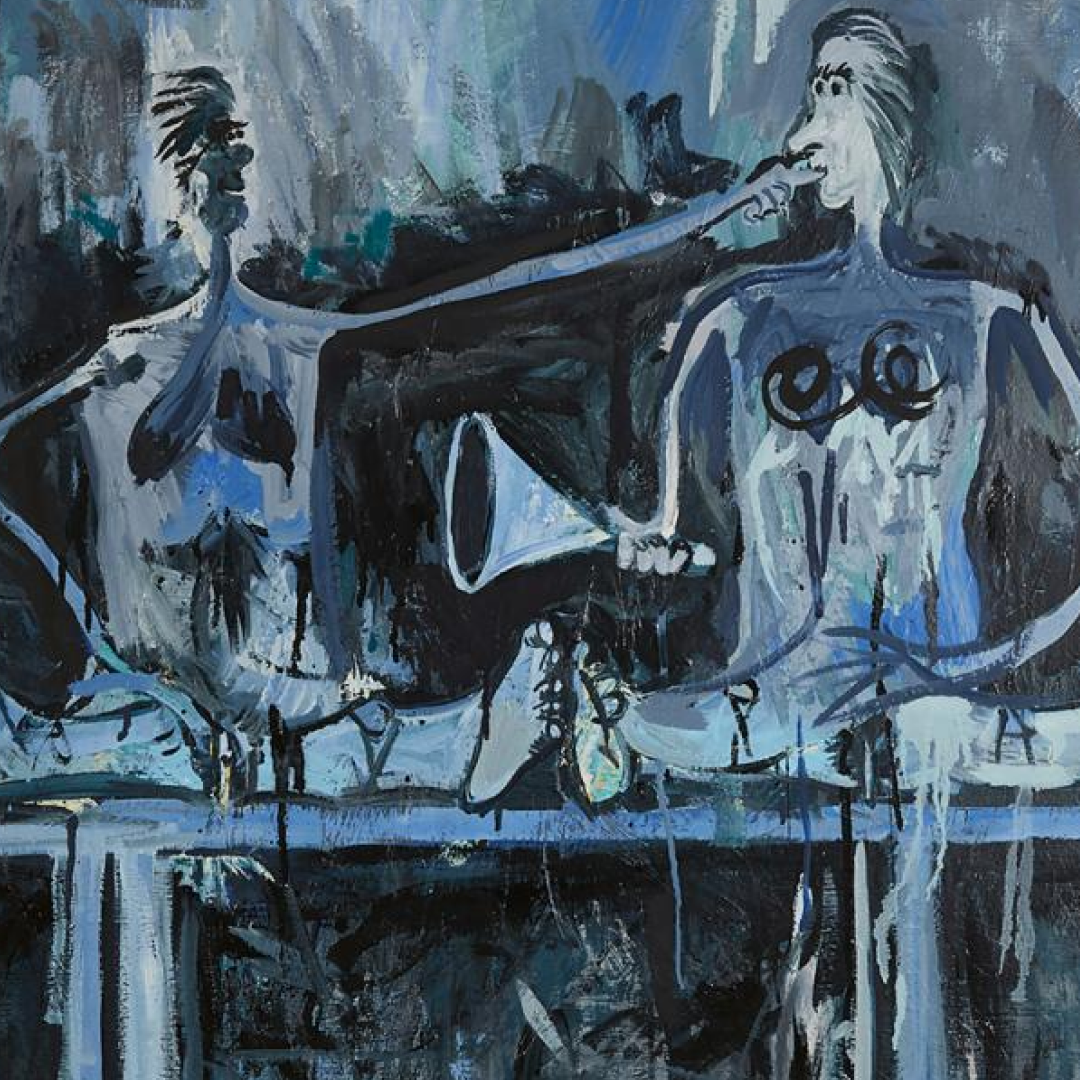In the sun-drenched piazzas of Italy, amidst the hum of Vespas and the aroma of fresh espresso, a quiet sartorial mastery unfolds. It’s not forced, not overly considered, but entirely deliberate. There is a certain elegance in the way older Italian men dress—an ease that feels innate, as if it were never learned but always known. It is the essence of sprezzatura, an effortless grace that conceals the effort behind it.
The Art of Sprezzatura
Baldassare Castiglione first coined the term sprezzatura in The Book of the Courtier in the 16th century. It was described as a form of studied nonchalance, a way of moving through the world with intention yet without strain. It is the opposite of affectation, the ability to appear effortlessly polished. In fashion, it translates to a precise balance: the imperfectly rolled sleeve, the unfastened top button, the casual drape of a perfectly tailored jacket. To the untrained eye, these details appear accidental. In reality, they are anything but.

Mr. Agnelli
The Italian approach to dressing is a generational inheritance, passed down like a family recipe or an old leather wallet that only improves with time. Clothing is not seen as frivolous, nor is it an obligation. It is simply a way of being. From an early age, Italian men absorb the principles of elegance through observation. They watch their fathers and grandfathers fasten cufflinks with quiet precision, lace up polished shoes with muscle memory, drape a scarf just so. They learn that dressing well is an act of self-respect, not performance. The goal is not to stand out, but to exist in harmony with one’s surroundings.
Tailoring and Fit: The Foundation of Elegance
The foundation of this style is tailoring. Italian men understand that fit is everything. Jackets skim the body without suffocating it, trousers break at just the right length, and shirts sit comfortably against the frame. It is a sensibility that prioritizes comfort without sacrificing refinement. The preference leans towards soft shoulders, light construction, and an overall sense of movement. Unlike the rigid structure of English tailoring or the squared-off cuts of American suiting, Italian tailoring allows for fluidity. It moves with the wearer rather than against him.

Mr. Montanari
There is an innate understanding of fabric, an appreciation for weight, texture, and breathability. Linen in the summer, flannel in the winter, silk blends for in-between seasons. The tactile experience of clothing matters as much as its visual impact. It is not enough for something to look good—it must also feel right. A well-made garment should be an extension of the body, not a layer placed upon it.
The Details That Make the Difference
It is in the details where Italian men truly distinguish themselves. A navy blazer with gold buttons, worn with casual ease rather than corporate stiffness. A knit tie, slightly loosened, offering just the right amount of insouciance. A pair of perfectly broken-in leather loafers, worn without socks, as if they had been part of the wearer’s life forever. The finishing touches are subtle but intentional—watch straps chosen to complement, pocket squares that suggest but never shout. It is a play between precision and nonchalance, refinement and relaxation.

Mr. Onassis (fine he's not Italian but you get the point)
Gianni Agnelli embodied this philosophy with unparalleled ease. The Fiat magnate was famous for his sartorial quirks—his watch worn over his shirt cuff, the way his tie was never quite symmetrical. These choices were not mistakes; they were signatures. Lino Ieluzzi, another icon of Italian menswear, made a name for himself with his vibrant tailoring and unstudied charm. These men did not follow trends. They set them, and then ignored them altogether.
An Unspoken Code of Elegance
Italian dressing is not about perfection. It is about confidence. The kind of confidence that allows a man to wear a suit without stiffness, to mix patterns without hesitation, to appear entirely put together without ever seeming like he tried too hard. It is a skill honed over years, a lesson passed from father to son, an unspoken rule that style should never feel like a costume.
A well-dressed Italian man does not need to tell you he is well-dressed. He simply is. The weight of his blazer, the way his trousers fall, the subtle roll of his shirt cuff—these things speak for themselves. There is no need for logos or loud statements. True elegance whispers. It does not demand attention; it commands it.
This is why old Italian men dress better than you. Not because they chase fashion, but because they understand style as a way of life. It is not about effort. It is about instinct, cultivated over decades, refined through repetition, perfected in its imperfection. It is sprezzatura—the quiet mastery of making the difficult look easy.

